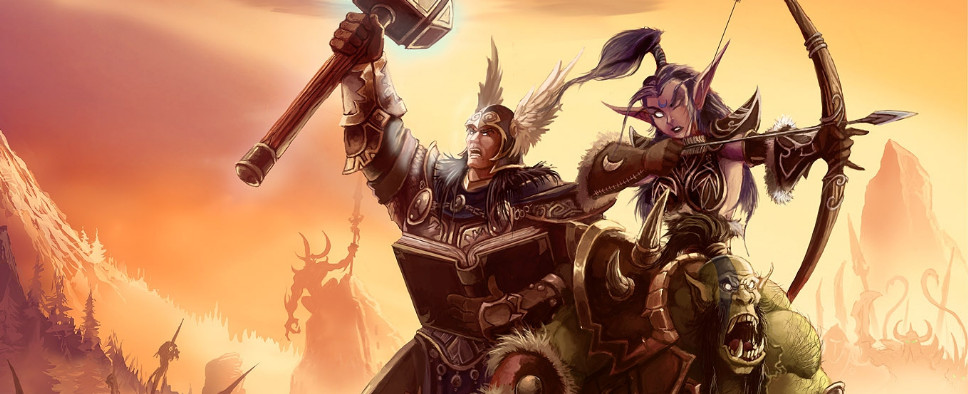Richard Cobbett on Video Game Languages
-
Category: News ArchiveHits: 3246

In his latest RPG Scrollbars column on Rock, Paper, Shotgun, Richard Cobbett talks about the so-called Conlangs, or constructed languages, and their use in games. He mentions various techniques used to create these languages, lists a number of examples from games like World of Warcraft, Jade Empire, and Ultima, and ponders how this feature, that takes a lot of effort to implement well, can be used to enhance gameplay.
Here's an excerpt:
The sign of a truly hardcore world is that it has its own languages. Klingon. Dothraki. Elvish. The term for these is ‘Conlangs’ – aka ‘constructed languages’ – and whether you see them as a vital part of world-building or a joke-in-waiting on The Big Bang Theory (they’re due a third one one of these days), there’s more to them than just slapping together some uncommon syllables and hoping it sounds alien. Well, actually, that’s exactly how Klingon started, but never mind. Done right, paying attention to language offers more than just another DVD extra. Or at least, it can do…
My plan for this week was to talk about a few gaming conlangs and how they affected their world. The catch is that in practice, there aren’t that many, and those that exist tend to be simpler than they appear on the surface. The supposed Al Bhed language in Final Fantasy X for instance, while a little more complicated in Japanese than it is in English, is a simple substitution cypher. B means P. Q means X. In Japan, the text is written in katakana to both feel more foreign and allow for easier substitutions. However, the basic gimmick is the same. You collect ‘primers’ on the language, each of which translates one letter for you (shown in a different colour for clarity), and over time you ‘learn’ the language not by gathering words or learning grammar, but by collecting the assorted substitutions until the printed dialogue makes sense.
(This would be a lot more tolerable if you weren’t generally accompanied by a character called Rikku, who is Al-Bhed and speaks the bloody language fluently. No campfire lessons or offering to act as a translator? No? Okay then. Continue being mostly useless!)
This kind of substitution cypher is however generally a substitution in itself – we’re not meant to believe that Al Bhed or whatever is really just English or Japanese after a run through a tumble drier, but a complicated language with its own history and culture and meaning. The average player has no interest in actually learning a new language, and so short-cuts are typically made. World of Warcraft, for instance, enforces a language barrier between Horde and Alliance, with cross-talk being forbidden.
The rules don’t usually make any sense, from Undead and Death Knights somehow forgetting to speak previous languages, to the amnesia of switching sides… but never mind. The gimmick is that if you type anything other players will see you said something, but it’ll come across as complete gibberish. What’s actually going on is that the game takes the word, pulls from a lexicon of words that sound suitable and have the same letter count, and then spits it out on the other side as gibberish words.
Not to be beaten so quickly though, players immediately began creating their own pseudo-language around the translator to do basic conversation – the most infamous being the discovery that ‘LOL’, as in ‘laugh out loud’, became BUR or KEK. There’s not a vast amount that can be said, but that doesn’t mean they haven’t given it a go.
(Making this more interesting, the lexicons for the different languages – mostly used in game for individual battle cries, mottos and NPC greetings rather than extended conversations and the like – at least do try to keep each language sounding unique where relevant, or similar to others in its family. Variations of the Elvish tongues for instance sounding a little like the guttural languages of the common Horde member. After all, one would hate to mix a good “Lok’tar!” with a civilised “Anu belore dela’na…”)

